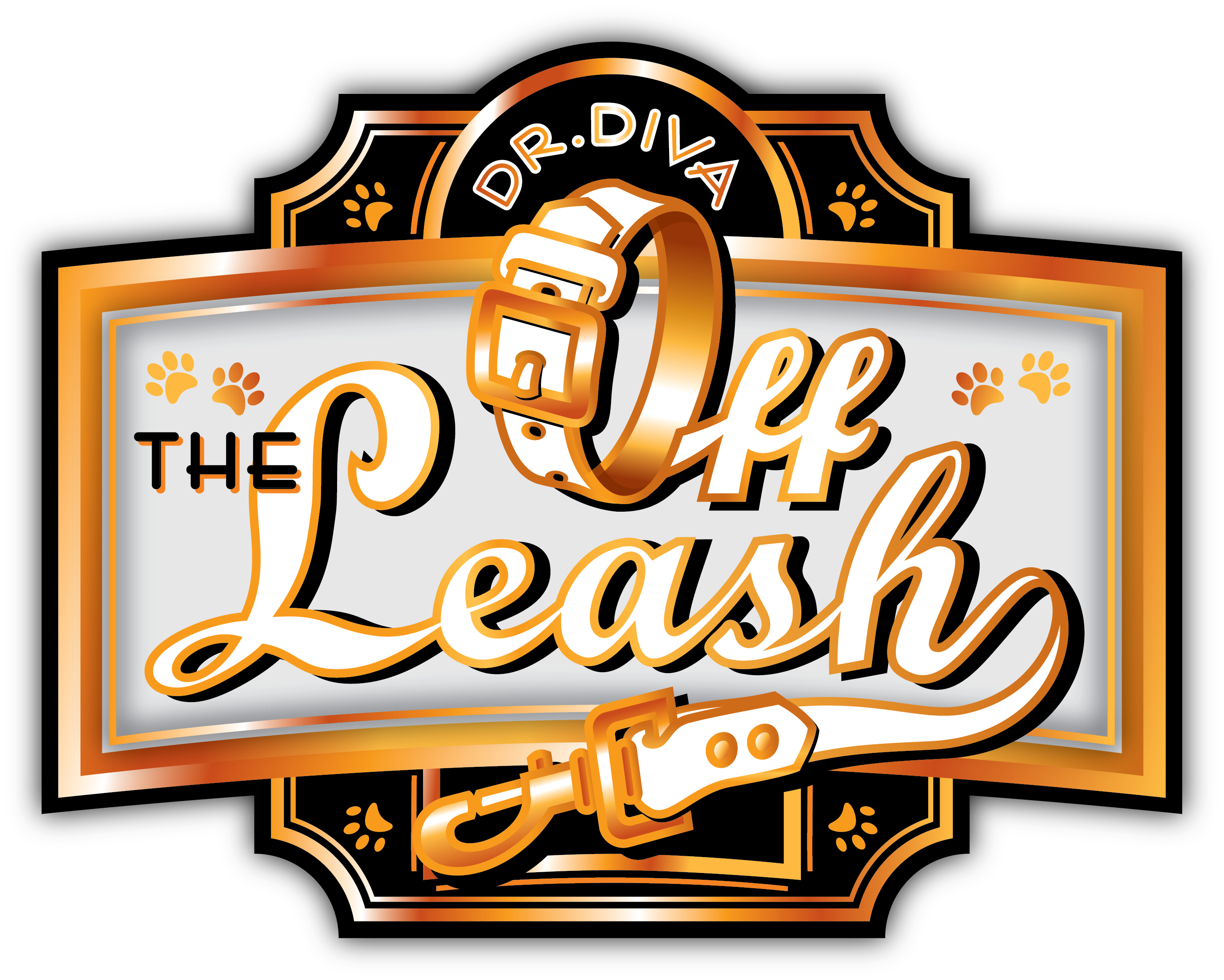Has your dog or cat ever eaten something they shouldn’t have? For example, a hair tie, a rock, a sock, a small toy, a squeaker, or a string? These kinds of emergencies happen everyday in veterinary medicine. We call the objects animals ingest a foreign body.
Our concern about many foreign bodies is that they will cause a blockage of the gastrointestinal tract. What does that mean? It means that food and water are blocked from passing through the stomach and intestines normally because the foreign body is in the way. Oftentimes, this blockage will cause pets to vomit, have diarrhea, not want to eat or drink, or mope around the house all day.
A blockage of the gastrointestinal tract means that food and water are blocked from passing through the stomach and intestines normally because the foreign body is in the way.
In addition to causing a blockage, the longer foreign bodies are left in the gastrointestinal tract, they can cut off blood circulation and cause irreversible damage. These foreign body ingestion cases are considered true emergencies when they occur.

Meet Champ! Champ belongs to a staff member’s dog at my veterinary hospital. Champ got a hold of a small stuffed cat toy one morning and ate it whole! Yikes! Champ’s mom brought him immediately into the veterinary hospital to begin a workup for this foreign body.
First, we confirm the presence of a foreign body by taking xrays, or radiographs, to make sure it was ingested. You can see in the two xray pictures below the round white object in the middle of the xrays – this is the cat toy! Some foreign objects appear on xrays better than others. Sometimes, if we can’t see the foreign bodies, we look for gas patterns in the stomach and intestines that indicate there is something going wrong. In Champ’s case, we could see the foreign body plain as day.
Some foreign objects appear on xrays better than others. Sometimes, if we can’t see the foreign bodies, we look for gas patterns in the stomach and intestines that indicate there is something going wrong.
From this point, we had several options. First, we could make Champ vomit. This is done through an intravenous injection in the hospital. The entire stomach contents is not always emptied when vomiting occurs because the stomach has lots of folds so that it can expand with large meals. For this reason, it can sometimes hide objects inside even when vomiting is forced to happen. Also, some objects are not recommended to come back through the esophagus for risk of causing injury. Since this was a soft cat toy, there was no risk of esophagus injury in this case.
Second, we could pass a small video camera down Champ’s esophagus into his stomach. This video camera has a hook which can grab the object and pull it back out. This requires highly specialized equipment which we did not have available, so this was sadly not an option for us.
Third, we could try to make the object pass through the intestines with many laxatives and monitor its progress with repeat xrays. This is considered a more conservative approach and not usually the best option. This process would be very labor intense as Champ would be at the hospital for several days potentially. This option also has a lot of risk. There is risk that the object may stay in the stomach and not move anywhere at all. There is risk that the object would get lodged further in a tiny space of the intestines and cause many of the life threatening signs mentioned at the beginning of this article. Due to the high risk in this instance, this was not a viable option for Champ.
Our last option, if all else fails, would be to do surgery on Champ to remove the foreign body from Champ’s stomach BEFORE it caused a more significant problem. This is considered an invasive approach and is not without its own risks either. Anesthesia and surgery is always a risk we try to avoid if possible.

Luckily, we didn’t have to go past option number one in this case, since Champ vomited the foreign body on the first try! After vomiting, Champ was given an anti-nausea injection to make him comfortable for the rest of the day and a bland diet to go home for a few days. Champ was extremely lucky that this did not progress further. Not every patient is this lucky.
If you think your pet might have eaten something they shouldn’t, seek veterinary attention immediately. For peace of mind, you will be happy you did, and it just might save your pet’s life!


